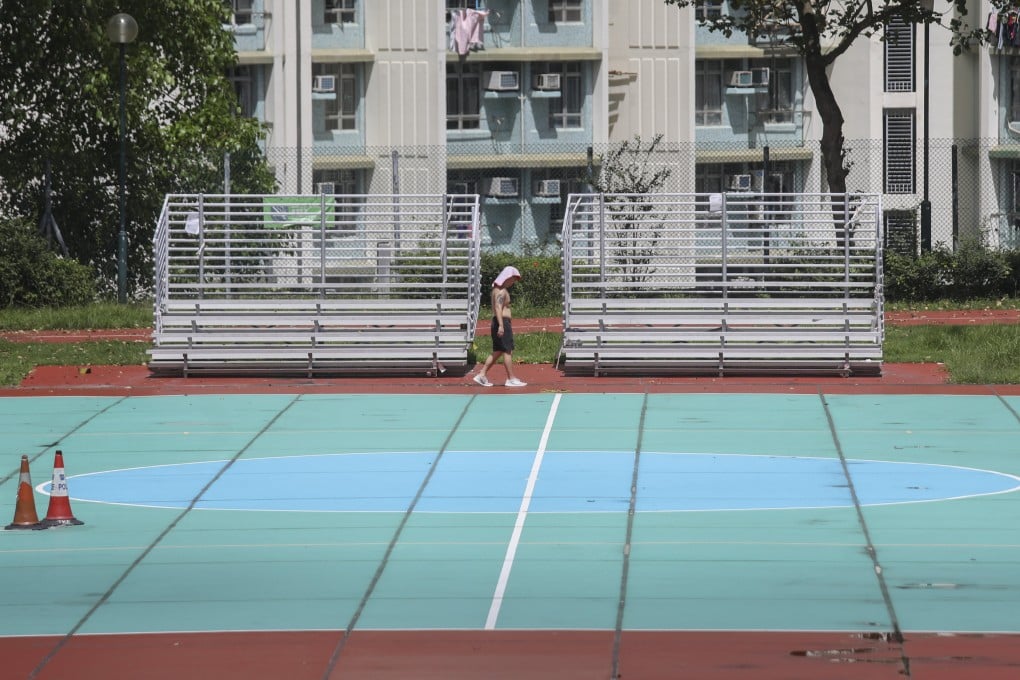Advertisement
Opinion | Heatwaves are a reminder to work up a sweat in the fight against climate change
- Carbon emissions, which fell during the first year of the pandemic, rebounded last year and there has been a sharp increase in the use of coal
- Unless we are willing to make real changes to our current unsustainable way of life, we can expect hotter temperatures and more extreme climate threats in the future
Reading Time:3 minutes
Why you can trust SCMP
1

Long-lasting heatwaves struck many parts of the world in July, with daytime temperatures hitting and even surpassing 40 degrees Celsius in some places.
Hong Kong is not far from reaching such sweltering temperatures. The city broke 11 weather records last month; there were 21 “very hot days” and 25 “hot nights” in July, making it the hottest month since records began 138 years ago. The heat forced many people to leave their poorly ventilated subdivided units to spend the night at one of the 18 temporary heat shelters provided by the government for those in need.
I was born and raised in Hong Kong, but I have never experienced such unbearable heat in the city before. Last summer, I didn’t turn on the air conditioner even once during the day while working from home occasionally.
Unfortunately, I wasn’t able to sustain my low-carbon practice last month; I found myself dripping with sweat if I didn’t switch on the air conditioner while working at home. Instead, I turned the air conditioner on for just a few hours with the thermostat set to 27 degrees, while pulling down my blinds to block out the burning sunshine whenever the external temperature rose above 33 degrees.
Continuous heatwaves are a sign that the effects of climate change are becoming a lot tougher for humanity to cope with. After global carbon dioxide emissions fell during the first year of the pandemic, they rebounded in 2021, with a sharp increase in the use of coal in electricity generation for commercial, industrial and domestic activities.
The rise in the number of private electric cars in Hong Kong and elsewhere means the world needs ever more electricity to power these so-called zero-emission vehicles. In Hong Kong, the electricity used to power such status-enhancing cars still mostly comes from coal or gas-fired power generation. And as for making a serious switch to renewable sources, we are told we must wait a few more years.

Advertisement
